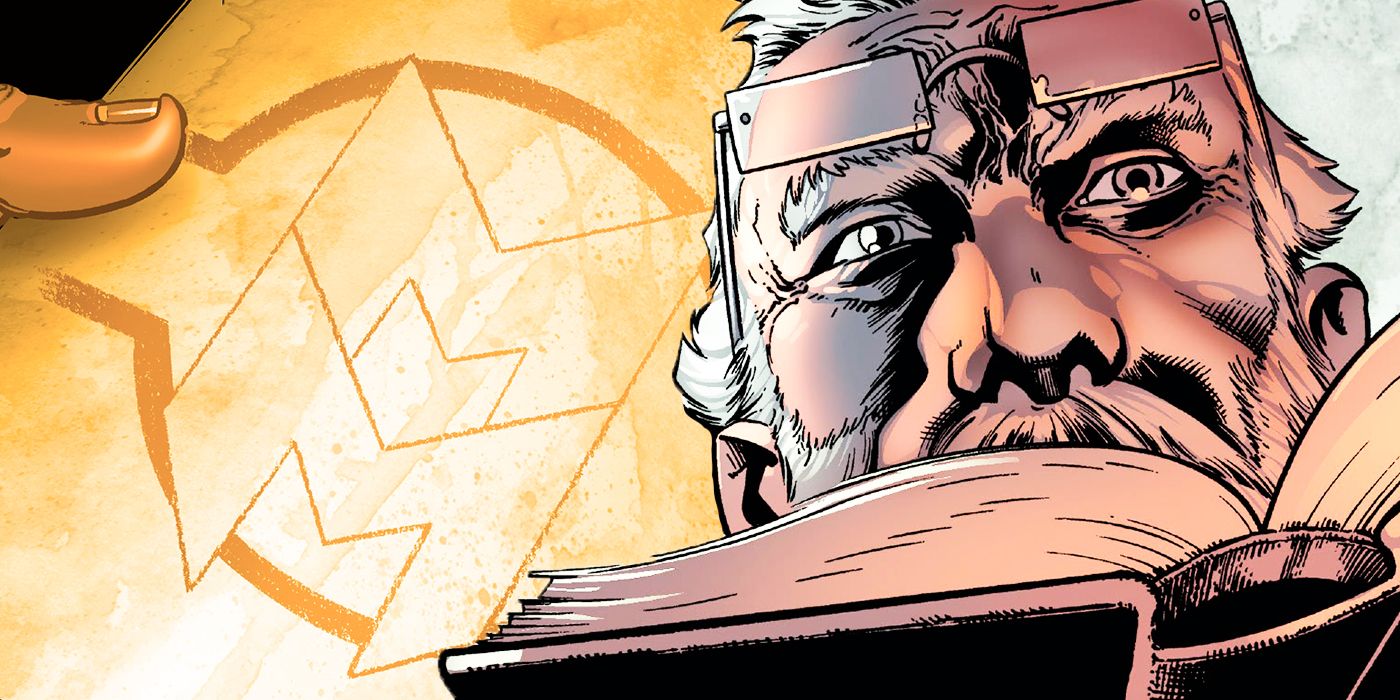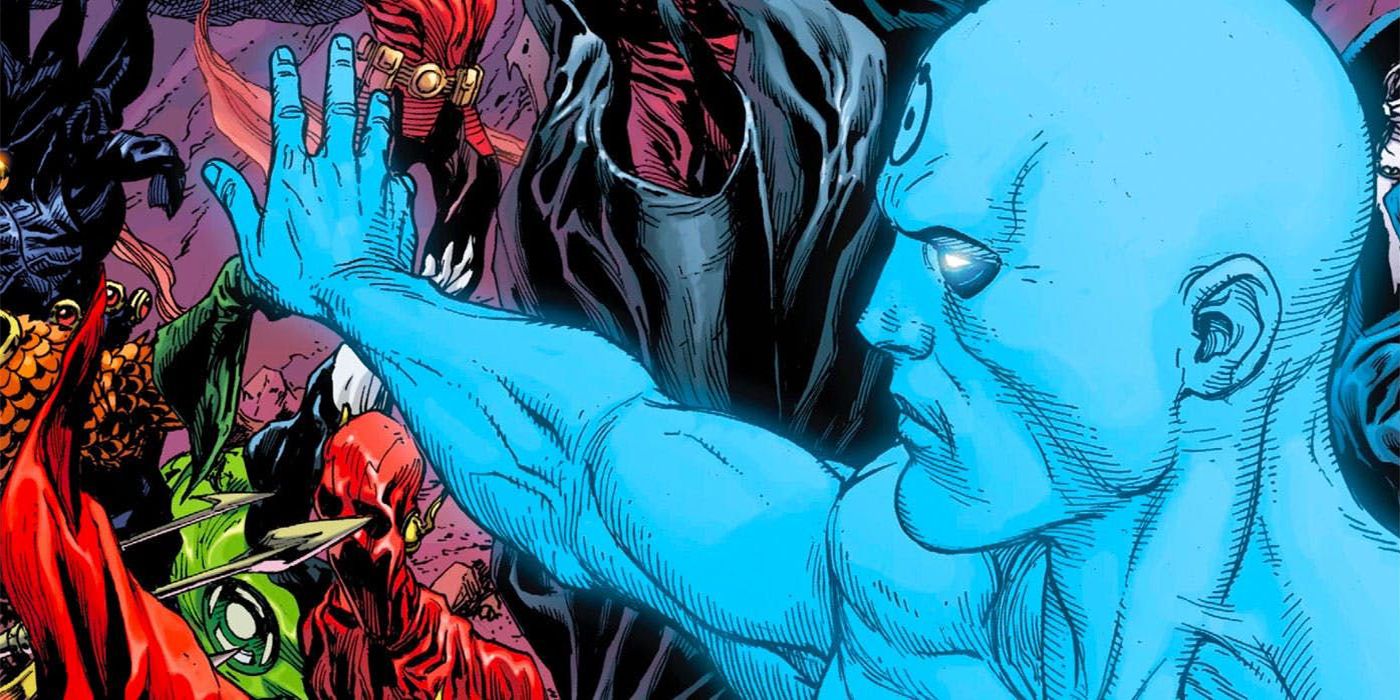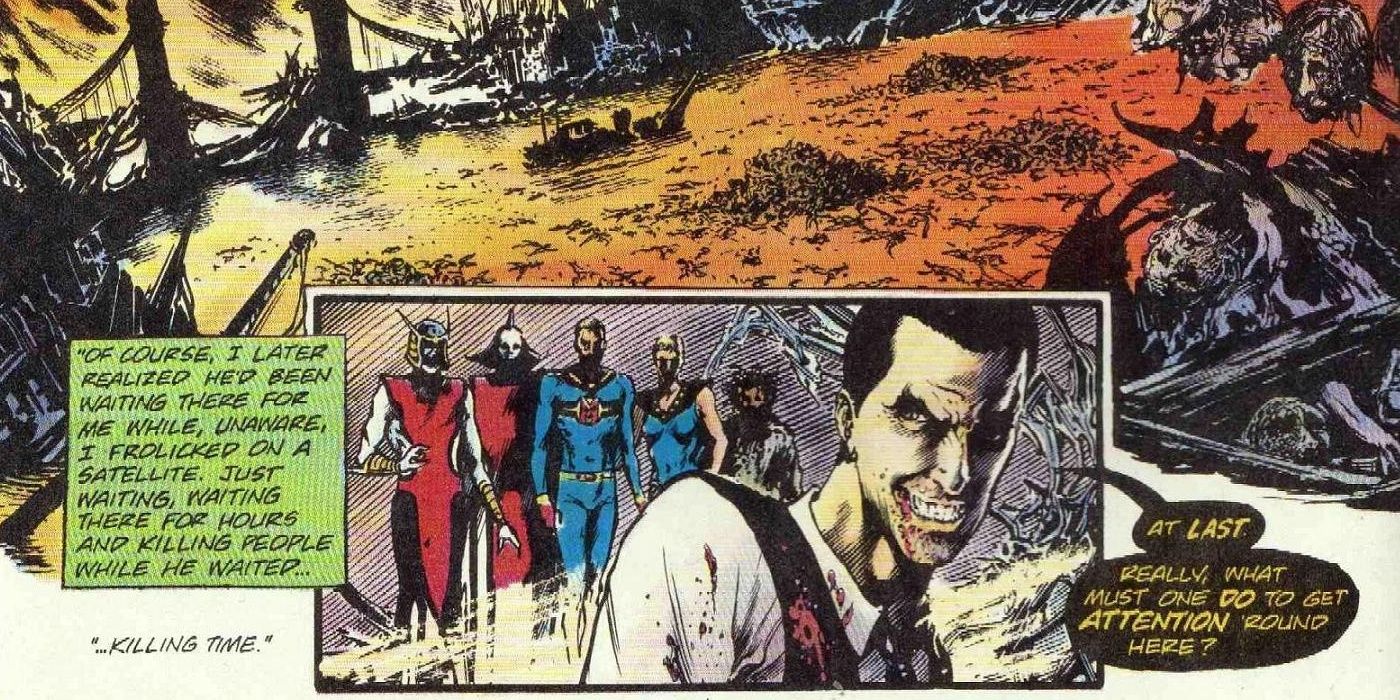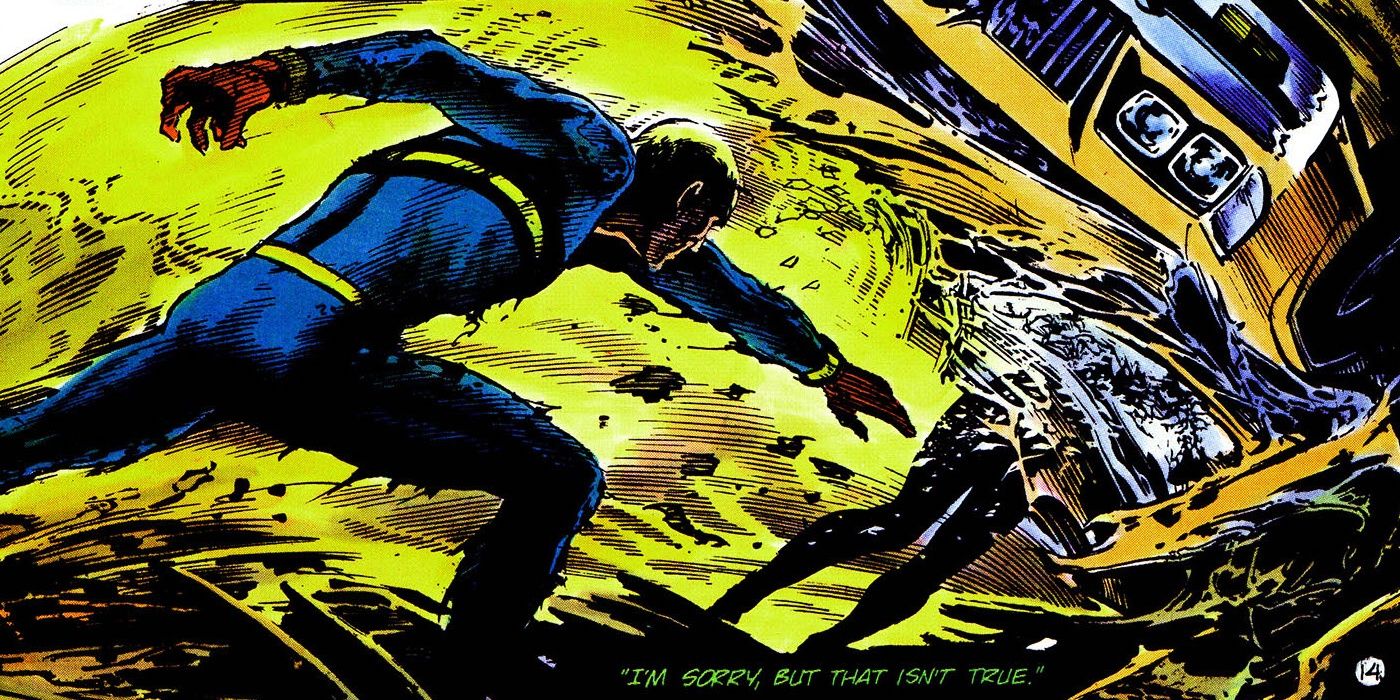WARNING: The following contains spoilers for Timeless, now on sale from Marvel Comics
Marvel has had the publishing rights to Miracleman for years now, but they haven't engaged much with the property. That all seems to be changing.
Timeless (by Jed MacKay, Kev Walker, Greg Land, Jay Leisten, Mark Bagley, Andrew Hennessy, Marte Gracia, and Ariana Maher), a one-shot outlining Marvel's plans for comics in 2022, foreshadows Miracleman's arrival in the 616 universe. Most known for its brooding postmodern stories from Alan Moore, Miracleman began as a very on-the-nose rebranding of DC's Shazam. It seems odd that Marvel would want to retroactively adopt a story so closely tied to DC's publishing history, especially when Miracleman's subject matter is so pessimistic about the nature of superheroes. Perhaps this is Marvel's way of making their very own Doomsday Clock, though that might not be a good thing.
At the end of DC's canon-resetting event Rebirth (by Geoff Johns, Ethan Van Sciver, Gary Frank, Jason Wright, and Brad Anderson), Batman discovered the iconic smiley face pin of Watchmen's Comedian burrowed in the Batcave. This built up to the event comic Doomsday Clock (by Geoff Johns, Gary Frank, and Brad Anderson), which confronted the DC heroes with the vigilantes of Watchmen. Any attempt to expand the world of limited series or integrate it into the existing DC Universe naturally stokes skepticism given DC's highly unethical efforts to prevent ownership from reverting to the creators as intended. However, even putting that aside, it seemed a strange creative decision as Moore and Gibbons created Watchmen as a realistic deconstruction of DC superhero archetypes. How can Superman act in the face of Dr. Manhattan, who symbolizes the futility of saving the world?
Geoff Johns used Doomsday Clock to argue that superheroes could still be inspiring, despite everything Moore suggested about human nature. And though we don't exactly know what shape future Miracleman stories could take, perhaps this will be Marvel's way of attempting the same thing. But what is it about Miracleman that makes Marvel want to retcon him into its canon?
Mick Anglo created Miracleman -- originally titled Marvelman -- when Fawcett Comics lost the rights to print Captain Marvel (now known primarily as Shazam) in the UK. He was a direct palette-swap of the DC-owned character, just legally distinct enough to be his own thing. At first, the comics sold decently in British stores but slowly dwindled in popularity over time. Marvelman's original run stopped printing new issues in 1963.
What really made Marvelman relevant to the modern era was the 1982 relaunch of the character in Warrior magazine. Written by Alan Moore with art by Gary Leach (later swapped out for Alan Davis), the story imagines that Marvelman has not used his powers since 1963. In the time since he's completely forgotten that he ever had powers. When they reawaken, Moore takes the character on a bloody and visceral fight with his old sidekick, Kid Marvelman, who's gone mad with power since Marvelman retired.
Unlike superhero comics of the time, Moore used Marvelman to illustrate the horrifying reality of superpowers. Humans cowered in the presence of these demigods. Collateral damage was a constant threat. And even when humans confront the crystal-clear reality of flying men, it takes considerable effort for their minds even to process what they're seeing. Even Mike Moran, Marvelman's alter ego, isn't safe from the horror of his own life.
Though linked by memories, his body is entirely different from his powered form. He can't get his wife pregnant, but Marvelman can. His thoughts are droll and ineloquent, but Marvelman has spectacular inner monologues colored by brilliant poetry. This contrast gives Moran an inferiority complex that no one around him understands. Isn't it enough to be a superhero? To Moran, it's actually rather depressing.
In an effort to avoid ongoing legal disputes with Marvel comics, Eclipse changed the name of the title to Miracleman, retroactively reprinting all the Moore books to replace all mentions of "Marvelman" with the new name. Today, even with Marvel now owning the reprint rights to those books, the character remains known as Miracleman.
Both major publishers seem intent on retconning Moore's work into their respective universes, leaving one to wonder: why? Both Watchmen and Miracleman are very nihilistic and critical about mainstream superhero stories. So why not just leave them as the standalone deconstructionist stories as intended? It seems that, at least in the case of Doomsday Clock, comic writers still enchanted by the glory of heroism want to use these bizarre crossover narratives to debate Moore's central themes. By confronting the complicated and nuanced heroes with the altruistic and kind ones, writers can effectively stick out their tongues say, "You're wrong!" to an author whose shadow has loomed over the industry for decades.
There's nothing wrong with hope in superhero stories. But it seems a little disrespectful when writers make their case for hope by digging up the work of an author known for his challenging narratives and tacking on a rushed epilogue. Marvel was gracious enough in the past to let Neil Gaiman continue his excellent Miracleman continuation in 2014, so hopefully, they'll handle this crossover with a little more dignity.




